Buying a Good and Sharp Knife for Mom
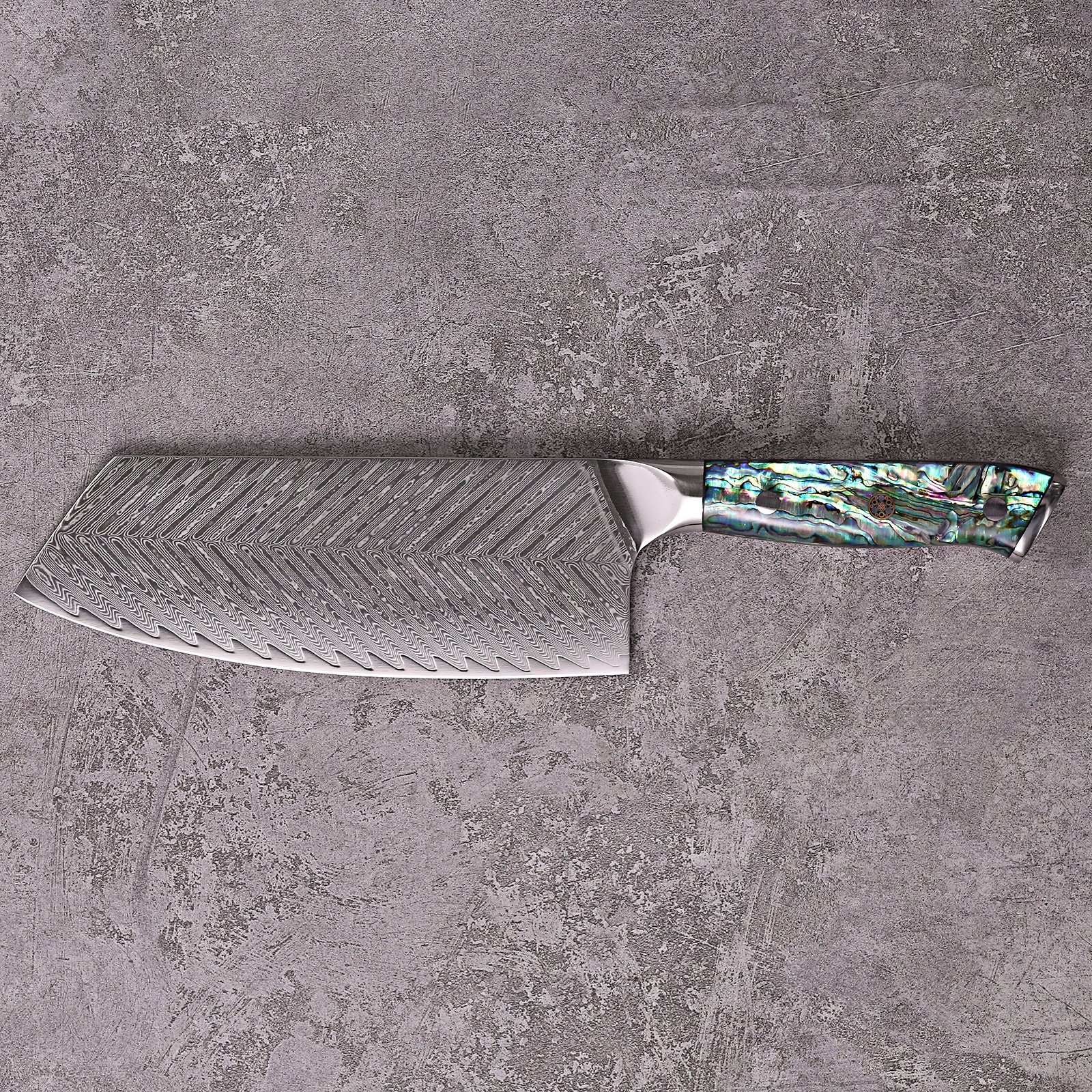
A Gift for MOM
In the realm of culinary artistry, the heart of the kitchen often beats in sync with the hands that wield the knives. Behind the delightful meals and cherished family recipes lies the dedication and love of a mother who has tirelessly cooked for us over the years. As a gesture of gratitude and appreciation, there’s no better gift than a good, reliable, and handy sharp knife for your beloved mom. Let’s explore the significance of this gift and guide you towards finding the perfect blade to honor her culinary skills.
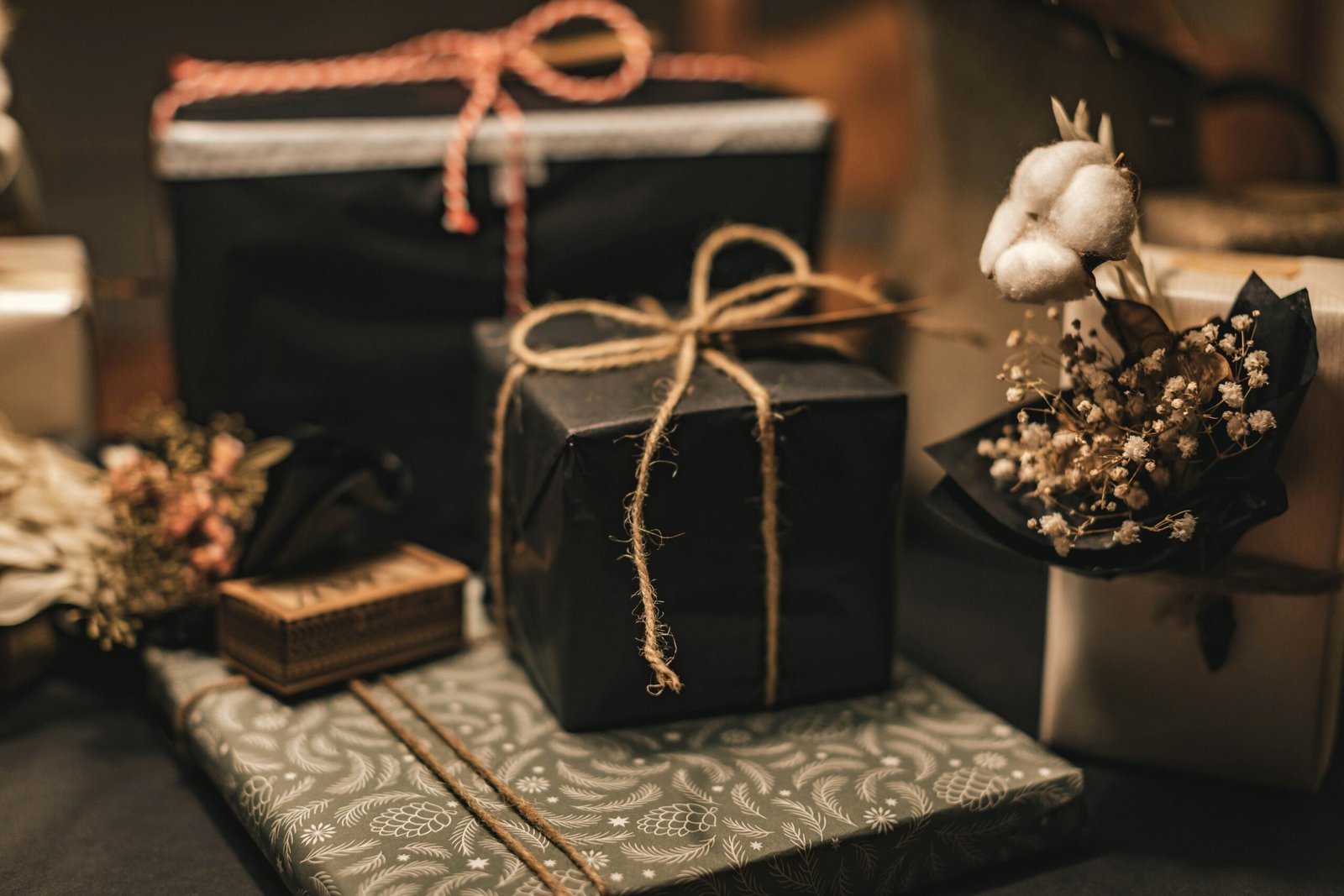
Our mothers have been the unsung heroes of the kitchen, continuously preparing nourishing meals that bring our families together. By gifting a quality knife, you can show your deep appreciation for the countless hours she has spent slicing, dicing, and chopping ingredients to create delicious dishes.
A sharp knife is an indispensable tool in any kitchen. It not only makes meal preparation easier but also enhances the cooking experience. From precisely slicing vegetables to expertly deboning meats, a sharp knife will empower your mom to elevate her culinary creations to new heights.
Choosing the Right Knife
When selecting a knife for your mom, consider her specific needs and preferences. Here are a few factors to keep in mind:
a. Blade Material: High-quality stainless steel or carbon steel blades are popular choices due to their durability and sharpness retention.
b. Knife Type: Consider the type of knife that suits your mom’s cooking style. A versatile chef’s knife, a nimble paring knife, or a multipurpose utility knife can be excellent options.
c. Handle Comfort: Look for a knife with an ergonomic handle that provides a comfortable and secure grip, reducing fatigue during prolonged use.
d. Blade Size: Choose a blade size that aligns with your mom’s comfort and the types of ingredients she typically handles.
Western-style knives and Japanese Knives
Here’s a list of popular Western-style knife types:
- Chef’s Knife: A versatile, all-purpose knife with a broad blade and a curved cutting edge, suitable for a wide range of tasks including chopping, slicing, and mincing.

- Santoku Knife: Originally from Japan but now widely adopted in Western kitchens, the Santoku knife features a shorter and wider blade compared to a chef’s knife. It is well-suited for slicing, dicing, and chopping vegetables, meat, and fish.
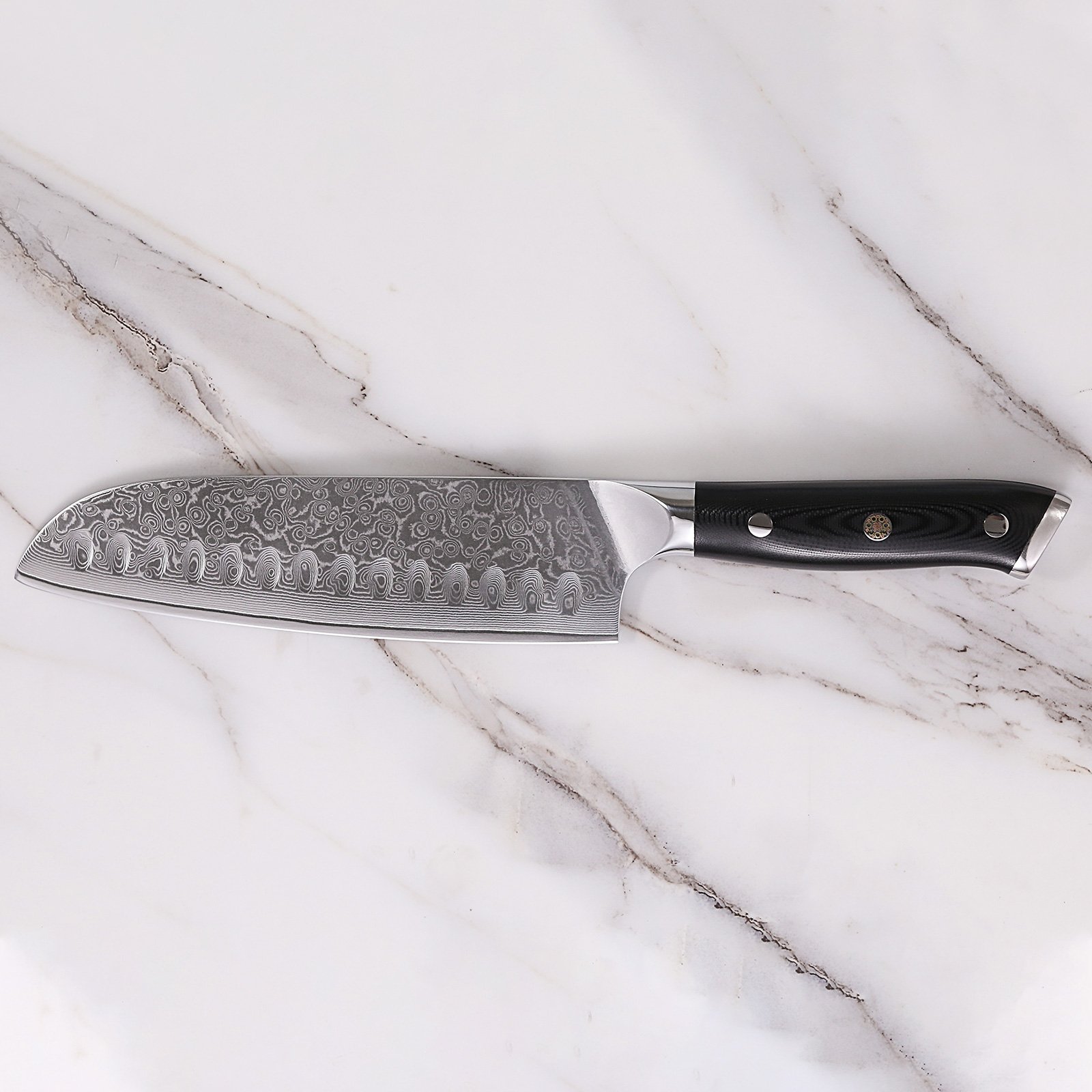
- Paring Knife: A small knife with a pointed blade used for intricate tasks such as peeling, trimming, and precise cutting.
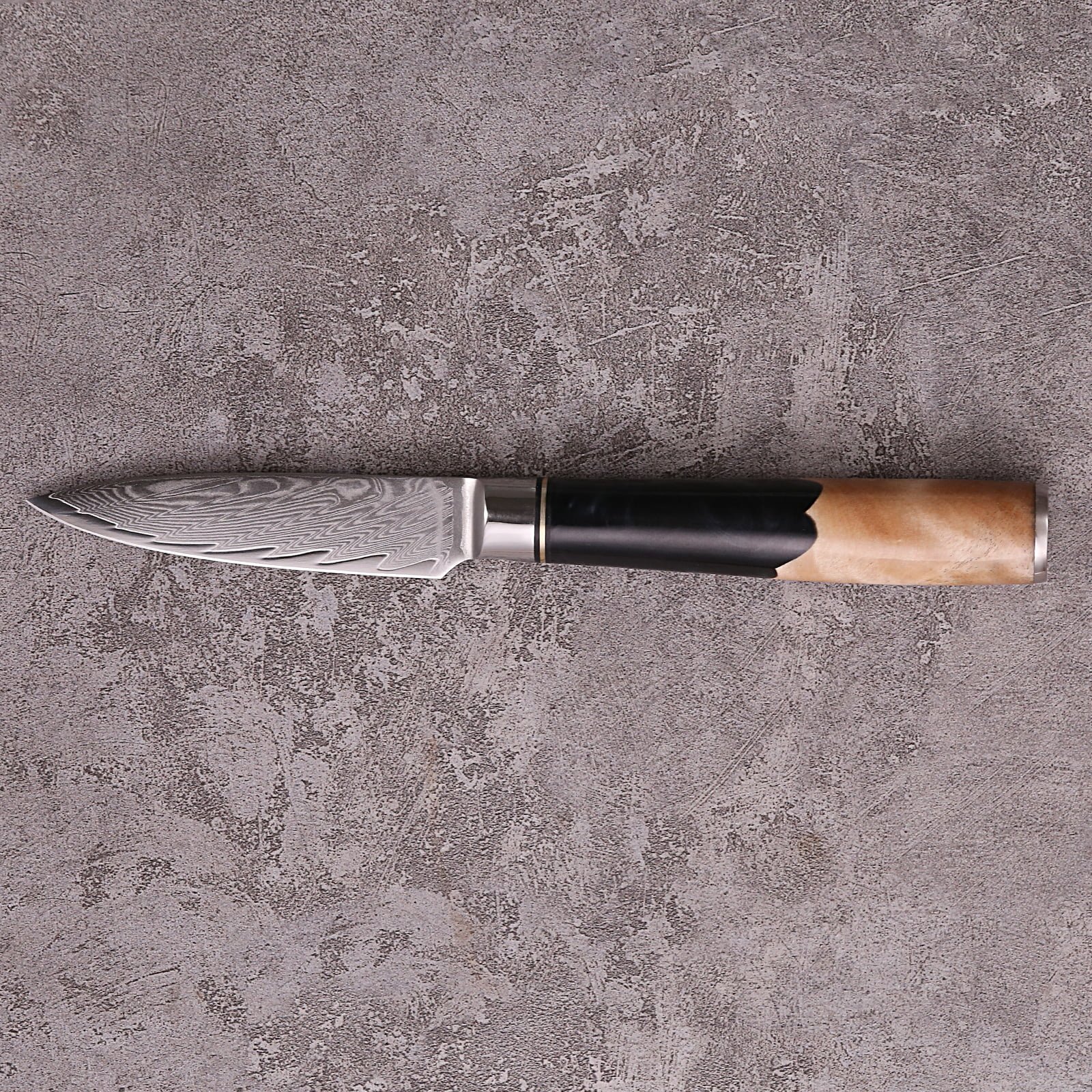
- Bread Knife: Designed with a serrated edge, a bread knife is ideal for slicing through bread and other baked goods without crushing or tearing them.

- Utility Knife: A versatile mid-sized knife with a straight or slightly curved blade, useful for various tasks in the kitchen, including slicing sandwiches, cutting small fruits, and trimming meat.
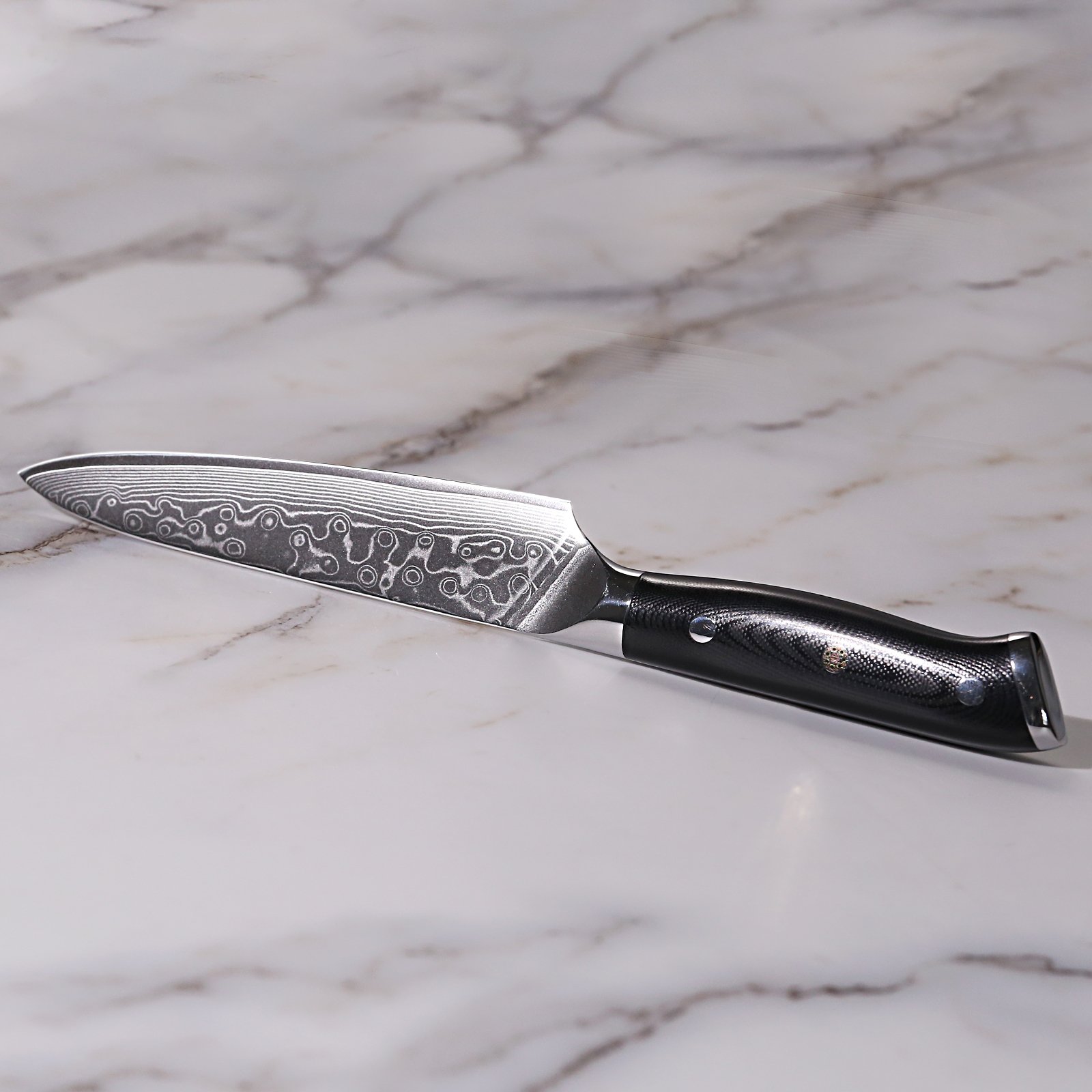
- Boning Knife: A thin and flexible knife used for removing bones from meat, poultry, and fish.

- Carving Knife: A long, narrow knife with a pointed tip, specifically designed for slicing cooked meats, such as roasted turkey or ham, into thin, even slices.
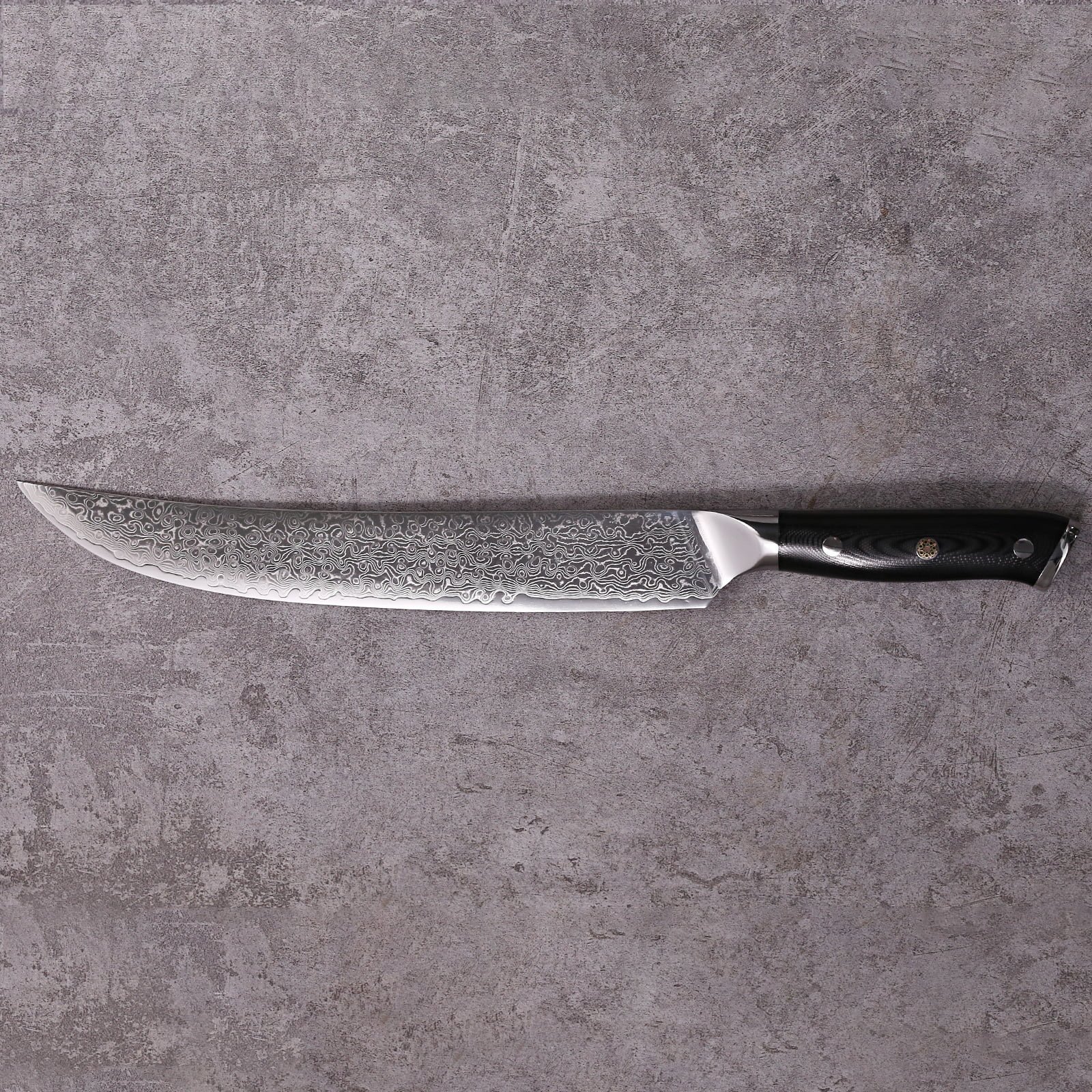
- Steak Knife: A serrated knife typically used at the dining table for cutting cooked steaks and other meats.
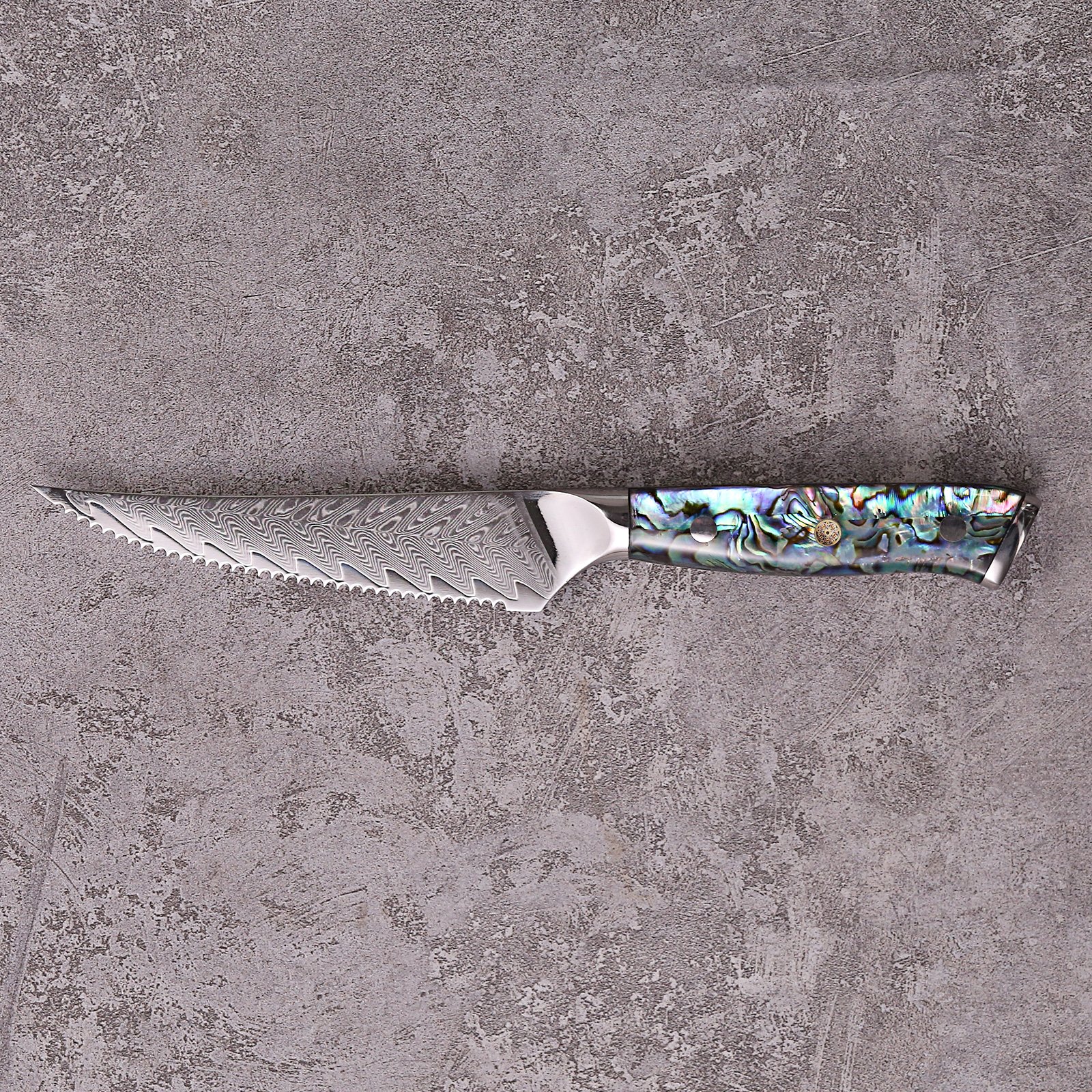
- Fillet Knife: A flexible knife with a narrow, thin blade, ideal for filleting fish and removing skin or bones.
- Cleaver: A heavy, rectangular-shaped knife with a thick spine, commonly used for heavy-duty tasks such as chopping through bones and tough cuts of meat.

Here’s a list of some popular Japanese knife models:
- Gyuto: The Japanese equivalent of a Western chef’s knife, featuring a versatile, multi-purpose blade suitable for various cutting tasks.
- Santoku: A general-purpose knife with a shorter, wider blade, ideal for slicing, dicing, and chopping vegetables, meat, and fish.
- Nakiri: A Japanese vegetable knife with a rectangular-shaped, thin blade, designed specifically for precision slicing and chopping of vegetables.
- Sashimi/Yanagiba: A long, single-edged knife used for slicing raw fish and creating thin, precise cuts. Yanagiba is a common type of sashimi knife.
- Deba: A heavy-duty knife primarily used for filleting and butchering fish, with a thick spine and a sturdy blade.
- Usuba: A traditional Japanese vegetable knife with a rectangular-shaped, single-edged blade, ideal for precision vegetable preparation.
- Kiritsuke: A versatile, multipurpose knife with a blade profile combining elements of a chef’s knife and a traditional Japanese vegetable knife.
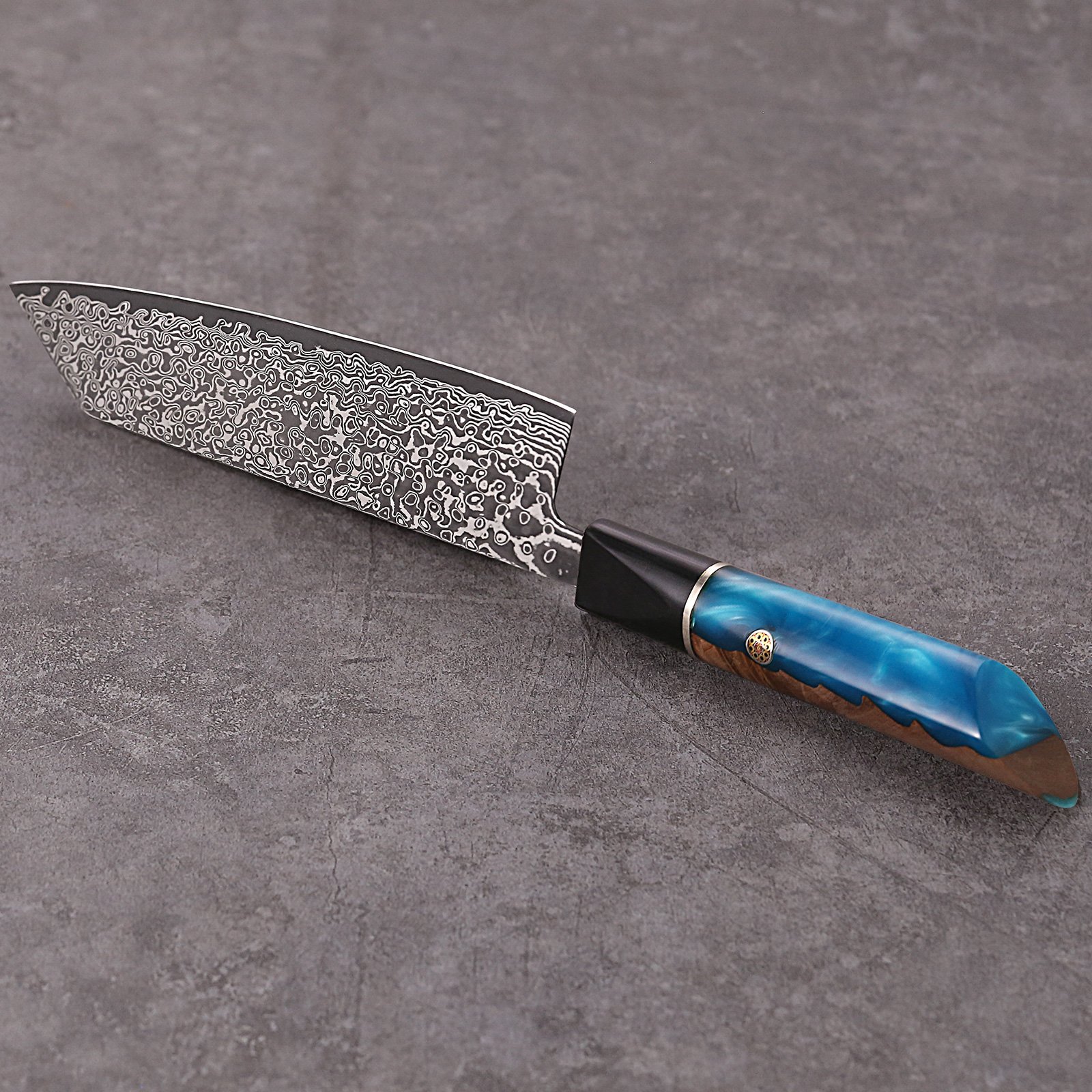
- Honesuki: A Japanese boning knife used primarily for poultry, featuring a triangular-shaped blade with a sharp point for intricate cuts.
- Petty/Paring: A small, versatile knife used for detailed tasks like peeling, trimming, and intricate cutting work.
- Takobiki: A long, thin knife primarily used for slicing octopus and other delicate ingredients with precision.
It’s important to consider personal preferences, specific kitchen needs, and the type of cutting tasks you frequently perform when choosing a knife model.
Comparison Between Japanese and Western-style Knives
Blade Design
- Japanese Knives: Typically feature thinner and harder blades with a sharper edge angle, providing excellent precision and clean cuts. They often have asymmetrical edges and single-bevel designs for specialized tasks.
- Western-style Knives: Generally have thicker and heavier blades with a more robust construction. They offer durability and versatility for a wide range of kitchen tasks.
Cutting Technique
- Japanese Knives: Designed for precise and delicate cutting techniques, such as slicing vegetables paper-thin, making intricate cuts, and preparing sushi and sashimi.
- Western-style Knives: Suited for more general-purpose cutting techniques, including chopping, slicing, and dicing various ingredients, especially meats and tough vegetables.
Blade Hardness
- Japanese Knives: Often made from harder steel, which allows for exceptional sharpness and edge retention.
- Western-style Knives: Typically made from softer steel, providing easier maintenance and better resistance to chipping.
Suggestions for Choosing a Good Knife
- Consider your cooking style and the types of dishes you frequently prepare. If you focus on precise cuts, Japanese knives may be a good fit. For general-purpose tasks and heavy-duty cutting, Western-style knives are suitable.
- Consider the quality of materials and craftsmanship. Look for knives made from high-quality steel, with a well-constructed blade and a sturdy handle.
- Set a budget based on your needs and preferences. Good knives can be found at various price points, so finding the right balance between quality and affordability is essential.
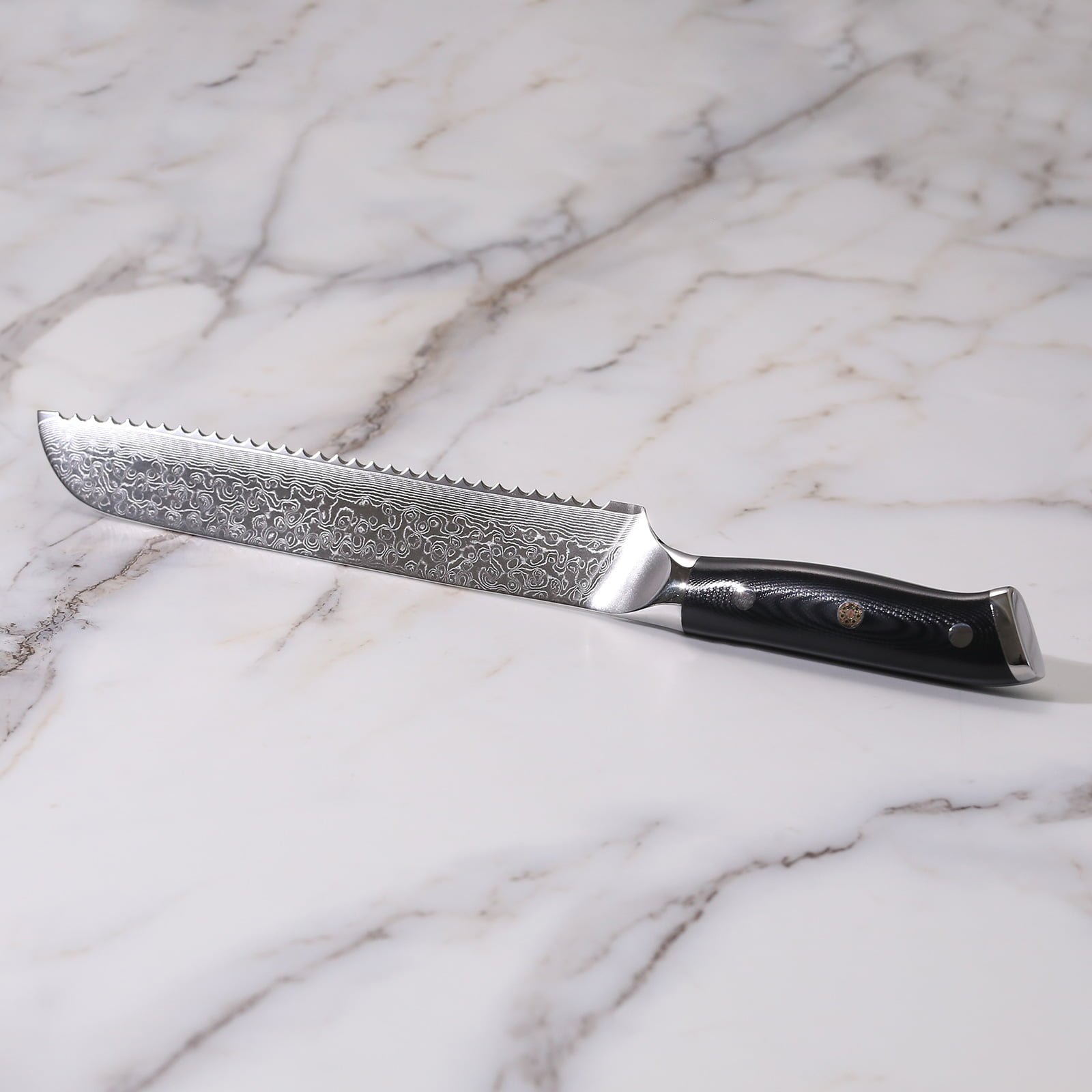
Personal Touches
Consider adding a personal touch to the gift. Engrave your mom’s name or a heartfelt message on the blade or handle to make it truly special. This personalization will serve as a constant reminder of your love and appreciation every time she uses the knife.

Purchasing a good and handy sharp knife for your mom is a thoughtful gesture that recognizes her culinary skills and the love she has poured into feeding her family over the years. With this gift, you’re not only providing her with a valuable tool but also expressing gratitude for the delicious meals and cherished memories she has created. As she continues to weave her magic in the kitchen, your gift will stand as a symbol of your love and appreciation for her selfless dedication.